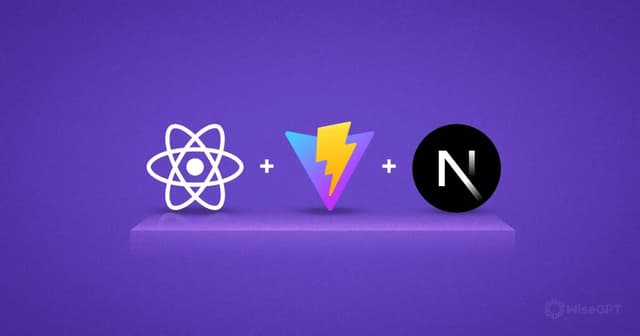🧠 Why Next.js Is a Must‑Have Framework for Modern Web Development in 2025
Excerpt:
Next.js 15 is changing how developers build fast, SEO-friendly, scalable web apps. Discover the key features and why your business should adopt it now.
📌 Introduction
In today's digital-first world, performance, SEO, scalability, and developer experience are non-negotiables. Next.js, a powerful React framework developed by Vercel, is leading the charge in revolutionizing how modern websites and web apps are built in 2025.
Whether you're running a marketing website, SaaS platform, eCommerce store, or blog, Next.js empowers teams to ship high-performing, dynamic experiences with ease.
⚙️ What Makes Next.js a Game-Changer?
1. 🚀 Blazing Fast Performance & SEO Out of the Box
Next.js combines Server-Side Rendering (SSR), Static Site Generation (SSG), and Incremental Static Regeneration (ISR) to deliver content that loads fast and ranks high.
SSR ensures search engines see fully rendered HTML content.
SSG is perfect for blogs and product pages.
ISR allows you to update static content without redeploying your entire site.
⏱️ Google rewards sites that load under 2 seconds. Next.js makes this easy.
📈 Core Web Vitals Optimization
Out of the box, Next.js improves your Core Web Vitals:
✅ Better LCP (Largest Contentful Paint)
✅ Faster FID (First Input Delay)
✅ Cleaner CLS (Cumulative Layout Shift)
Using the built-in next/image component, you get automatic image optimization with WebP, AVIF, and lazy loading — crucial for mobile users and global performance.
🧱 Hybrid Rendering: The Best of All Worlds
Next.js gives developers full flexibility to render pages the way they need:
Rendering Mode | Best Use Case |
|---|---|
SSR | Dynamic pages with user data |
SSG | Static content like blogs, docs |
ISR | Marketing pages that change often |
CSR | Dashboards, client-only content |
You can even mix and match in the same project.
🔥 What’s New in Next.js 15?
Released in 2025, Next.js 15 introduces several innovations:
Server Actions: Write backend logic inside your React components — no more API routes!
Partial Pre-rendering (PPR): Combine static and dynamic content seamlessly.
React Server Components (RSC): Send less JavaScript to the browser.
Turbopack: Super-fast builds and updates, especially for large projects.
App Router: File-based routing that supports layouts, templates, and nested routes.
Edge Middleware: Add personalization, redirects, and geo-based content at the CDN edge.
💼 Real Business Impact
Why should your company care?
Increased traffic from improved SEO.
Higher conversion rates due to fast, responsive UX.
Lower dev costs with less custom tooling needed.
Future-proof tech stack with AI, edge computing, and modern rendering methods.
🛠️ Pro Tips for Next.js Success
Use
getStaticProps,getServerSideProps, andrevalidatestrategically.Leverage the new
metadataAPI for dynamic SEO content.Deploy on Vercel, the native host for Next.js, for optimal performance.
Monitor performance using
next/analyticsor tools like Lighthouse and Web Vitals.Embrace edge functions for low-latency user experiences.
🌍 Case Study Snapshot
After migrating to Next.js, one of our SaaS clients saw:
38% decrease in bounce rate
72% improvement in mobile performance score
1.6x growth in organic traffic in just 3 months
📌 Conclusion
Whether you're building for performance, SEO, scalability, or future-readiness — Next.js 15 is the framework to watch in 2025.
With support for server actions, ISR, React Server Components, and edge rendering, your team can deliver world-class web experiences faster than ever.



